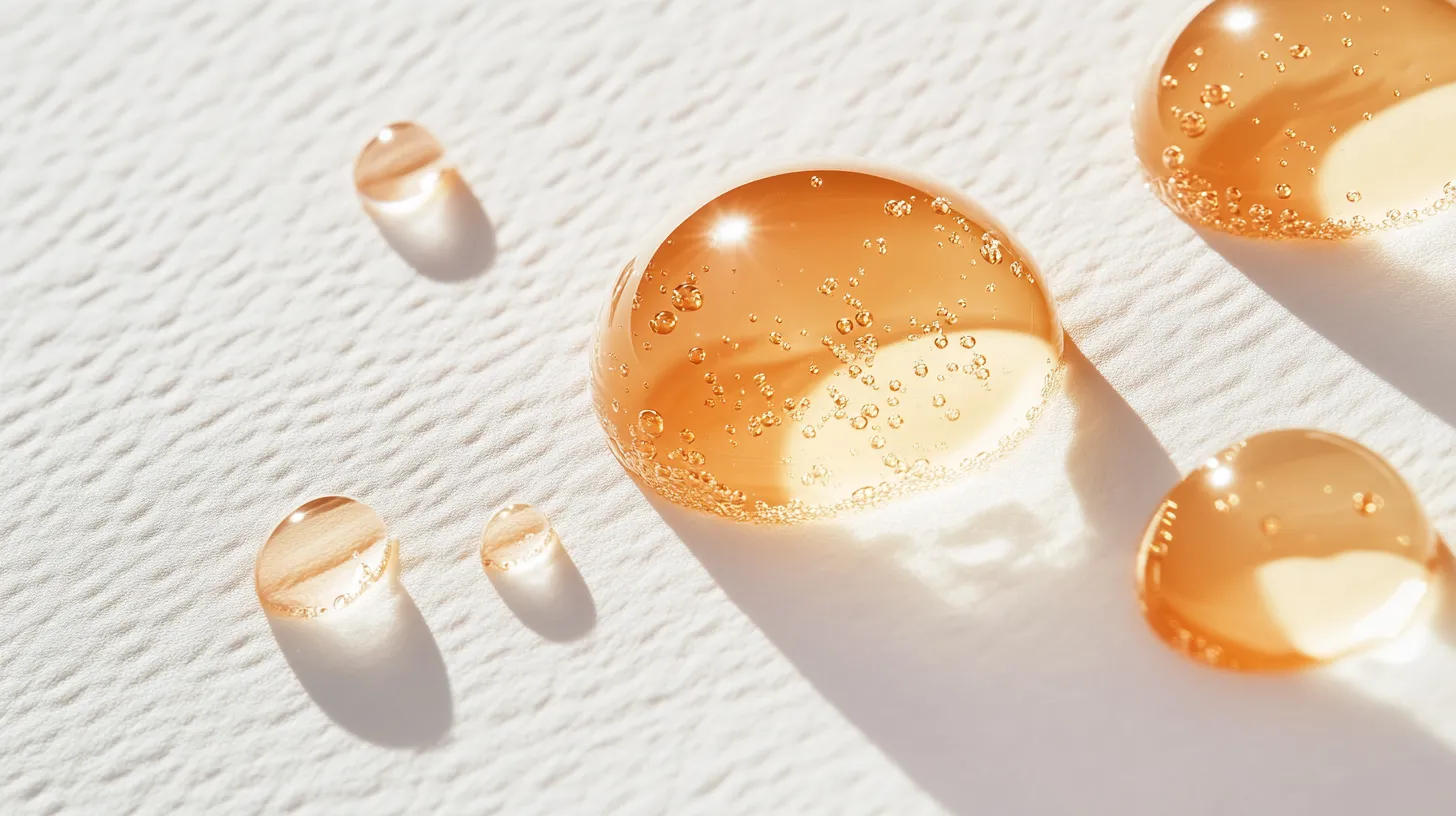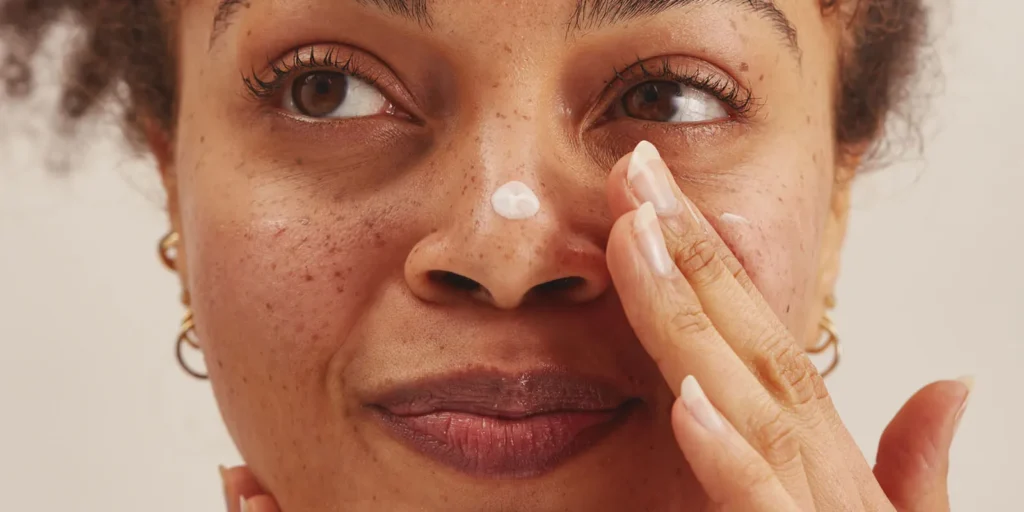Can tretinoin and vitamin C coexist in your skincare? Yes, but timing is crucial! Let’s break down this dynamic duo without the theatrics.

Skincare routines can feel like a science experiment, especially when you’re trying to figure out which ingredients work well together.
Two of the most powerful skincare ingredients are vitamin C and tretinoin—but can they be used together? Or will they clash like oil and water? Let’s dive into the details and clear up the confusion.
What’s the Deal with Vitamin C and Tretinoin?
For the vitamin C, this antioxidant is a skincare super ingredient. It lightens your skin, lightens dark spots, boosts collagen production, and protects your skin from environmental damage like pollution and UV exposure.
When it comes to tretinoin, it is best described as a prescription-strength retinoid. This is the gold standard of anti-aging and acne treatment. It speeds up cell turnover, reduces wrinkles, and clears pores, so it’s a top choice among those who want clear, youthful-looking skin.
They’re both great on their own, but can they be paired? The answer is yes, but with caution.
Can You Use Vitamin C with Tretinoin?

The short answer is yes, but not together. Here’s why:
1. Different pH Levels
Vitamin C works best at a low pH level (around 3.5), whereas tretinoin works better at a higher pH level (around 5-6). Using both together might blunt their effectiveness.
2. Risk of Irritation
Both vitamin C and tretinoin are irritating, especially if you have sensitive skin. Using them together in one application increases the risk of redness, dryness, or irritation.
3. Stability Issues
Vitamin C is air- and light-sensitive, and tretinoin is destabilized by certain ingredients. But when used correctly, they can be a great pair.
How to Mix Vitamin C and Tretinoin
If you do choose to use vitamin C and tretinoin together, here’s how to do it without having a skincare meltdown:
1. Alternate Days
A simple way to alternate between both ingredients is to switch between them. For instance, apply vitamin C in the morning and tretinoin at night. This allows your skin time off and minimizes the chances of irritation.
2. Layer Carefully
To employ them in the same routine, use the vitamin C initially. Let it penetrate for about 10–15 minutes and then apply the tretinoin. This enables your skin to get used to them and minimizes the risk of pH disruption.
3. Start Slow
If you’re new to either ingredient, introduce them one at a time. Start with vitamin C a few times a week, and once your skin is used to it, add tretinoin. This helps your skin build tolerance and reduces the risk of irritation.
4. Listen to Your Skin
Every skin is different, so hear what your skin tells you. In case you feel irritation, dryness, or redness, take a step back and give your skin a break. You can always try again some other time or keep alternating between days.
Tips for Success

Here are a few additional tips to make the most out of your experience by combining vitamin C and tretinoin: That is all about combining vitamin C and tretinoin together.
1. Moisturize
Vitamin C and tretinoin are both drying agents, so don’t forget to moisturize with a good moisturizer after to keep your skin hydrated.
2. Use Sunscreen
Tretinoin will make your skin sensitive to the sun, so apply sunscreen every day. Vitamin C also increases your skin’s resistance to UV, so sunscreen becomes even more of a priority.
3. Choose the Right Products
Use steady vitamin C sources, like L-ascorbic acid, and good tretinoin products. Avoid products with negating ingredients, like harsh exfoliants, which will increase the risk of irritation.
4. Patch Test
Before using any new product, patch test to make sure your skin doesn’t go against it. Place a little bit on a discrete area (like the back of your ear) and wait 24 hours to see how your skin looks.
Are there Potential Benefits of Using Vitamin C and Tretinoin Together?
When used correctly, vitamin C and tretinoin can offer all sorts of benefits:
1. Anti-Aging
Tretinoin smoothes wrinkles and fine lines, while vitamin C promotes collagen production and brightens your skin. Together, they can leave you with a smoother complexion.
2. Brightening
Vitamin C brightens dark spots and evens out your skin tone, while tretinoin speeds up cell turnover. This can leave you with a radiant, glowing complexion.
3. Protection
Vitamin C protects your skin from environmental stress, while tretinoin restores and revitalizes your skin. Together, they offer you an overall solution for skin care.
What are the Possible Side Effects?

While vitamin C and tretinoin are safe, there are some potential side effects to keep in mind:
1. Irritation
Both of these can lead to redness, dryness, or irritation, especially if you have sensitive skin. Start with low levels and gradually increase as your skin gets used to them.
2. Sensitivity
Tretinoin causes your skin to be sensitive to the sun, so apply sunscreen daily. Vitamin C also causes some individuals to be more sun-sensitive.
3. Over-Exfoliation
Having multiple active ingredients in your routine simultaneously can lead to over-exfoliation, which can damage your skin barrier. Stick to a balanced routine and do not overload your skin.
Final Words
So, can you mix vitamin C with tretinoin? Yes, but timing and technique are key. By alternating days, layering carefully, and listening to your skin, you can get both ingredients to work their magic without the drama.
With technique, vitamin C and tretinoin can be a powerful pair in your skincare arsenal. So go ahead, try it out; your skin will reward you!
Vitamin C and tretinoin are the skincare power couple—they’re greater together to keep your skin looking young and glowing. So, pair them up, play by the rules, and let your skin glow!
